I woke up in a bit of a panic again, fresh from a dream about a beautiful dark brown speedy donkey that walked almost faster than me, but that I couldn’t have. We’re well into April now and I still have no definite donkey. I wanted to set off at the beginning of May, and I need to decide on the donkey in order to measure it up for the pack saddle which either needs to be ordered from the US (big import taxes and probably delays in shipping), from the UK’s sole pack saddle maker (who has a turnaround time of three weeks), or from France (which I don’t know anything much about). I need to measure the donkey’s hooves to get donkey sandals made (I know, who knew?). I need to choose the donkey before I can get a photographer to come and take some beautiful shots of the two of us on a stretch of coastline, which I can send to local papers along the route.
Me, me, me, need, need, need, late, late, late. I’d become all worried about the slowness of donkeys, the fact that some are quicker than others, the importance of finding the right one, and the puzzle of knowing when I have. It’s all bewildering, and so very, perspective-shrinkingly, important.
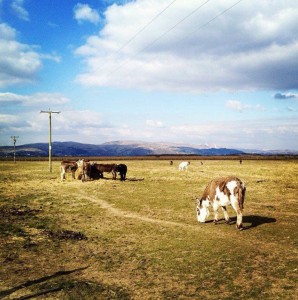 Me-me-me, now-now-now; climbing down from London speed
Me-me-me, now-now-now; climbing down from London speed
I had a mini beach donkey apprenticeship set up – Louise who runs Dyfi Donkeys had invited me to Aberdyfi to walk her two around their beach circuit. She’d brought Del Boy (Beach Donkey of the Year, 2008!), and Joey. The weather was borderline springlike, and the beach was lovely. Still, I fretted at Louise that I-am-worried-about-finding-a-donkey-that-will-match-my-natural-gait,-which-is-quite-quick,-and-donkeys-seem-to-be-pretty-slow,-and-how-hard-it-is-to-walk-too-slow,-especially-for-1000-miles,-but-how-do-I-know-if-a-donkey-is-quicker-than-normal-when-I’m-meeting-them-for-the-first-time,-and-HELP! She answered that I am operating at London speed, and need to get into a donkey zone, rather than worrying about getting one into my speedy zone. She didn’t say hakuna matata, but that was pretty much the subtext.
Chill out – it’s all salt and vinegar
I took heed and had a play on the roundabout with my friend Alice’s son Ianto – they’d come along to see the donkeys. Then I had chips in the gentle sunshine, in the crows-nest-style bandstand on a rock overlooking the tiny town. The seagulls wheeled around at my lofty level and fishermen down on the sand pulled ropes in. A tractor moved something around the carpark. The chip shop had directed me to the post office – the only place in Aberdyfi to get money out, and then only when it’s open, over the counter. By the time I got there they’d phoned the postmistress up and she was expecting me. “Lots of salt and vinegar please,” I’d said to the chip shop teenager when I got back with money, “Not very healthy, I know…” She’d replied: “I work in a chip shop – it’s all salt and vinegar,” and shrugged. So I sat looking over the town, and could see Louise, sometimes walking the donkeys around their lazy circuit, sometimes waiting for the next customers, chatting to the donkeys, reading her book, scooping their poo from the appointed poo corner of the circuit. I let Aberdyfi’s spring Sunday friendliness and calmness and teenage resignation soak through my nervous bones.
Reading my own animal behaviour
And then to Borth again, where Tamlin was meeting me to take Lilly and Dolly for a longer walk. Borth was basking too – I even removed my woolly hat. Things were looking up. Tamlin, who is doing a phD in animal behaviour, took good care of my animal behaviour too. We groomed the donkeys, chatting to them and giving them some love, and then I had a go at picking out more docile Dolly’s hooves, while Tamlin took more skittish Lilly’s: “We don’t want you to lose your confidence.” You have to explain to the donkey what you’re about to do, keep your hand on them so they know you are there and calm, and waiting patiently for them to be ready. Then lean down, wrap your arm around a leg, lean your shoulder against their thigh to inspire them to balance on three feet, and pick up the hoof, tipping the ankle back so the sole is pointing upwards, and cupping the front of the hoof to give it support while you dig and brush out the mud and dung that’s gathered inside. Make encouraging noises, and when you’re done, thank the donkey for being so good, with a scratch and pat of the neck. Most interesting of all is that I had to believe that the donkey would let me pick up the hoof, and then it would. If I felt uncertain, the hoof remained planted.
Then we set off for a test walk, swapping donkeys every now and then. Both walk well, slow at first – Tamlin pointed out that their internal monologues were saying, “Who are these women? Where are they taking us? This isn’t normal,” but they were walking with us anyway. They picked up the pace once we were away from the field and the herd, slowing every now and then when they spotted something in the distance that could be a jackal – kids playing, or a car. When we passed a dog, the speed suddenly increased once it was behind us. A puddle didn’t bother them, the hardy outdoor beasts, and neither did the nutcase screeching monkeys at the Borth Animalarium. And then onto the road, where the cars were no problem to them, although a motorbike was a bit perturbing.
How to dislodge a donkey
And then suddenly, mid stride, Dolly stopped dead. Tamlin looked down, laughed affectionately and pointed out the problem to me – the tarmac road surface was crossed by a band of darker square cobbles, a pedestrian crossing before the roundabout. Dolly’s hooves toed the line perfectly, planted in place. “Their depth perception is very different,” said Tamlin, “She thinks it might be a hole – give her a moment to work it out.” And so I learned the what-to-do-when-a-donkey-plants routine. Give her a moment, then do a little tap dance on the cobbles to show that I’ve not fallen through, while making an encouraging noise. Then face and think forward, and pull gently but firmly on the lead rope. When she gives a little – moves one hoof towards the cobbles, say – turn around and thank her. “Good job, Dolly! That’s the idea!” And then turn and move decisively forward, and sure enough, she came too. Neither donkey liked the manhole covers either (until you walk down a road with a donkey you have no idea how many there are!), so we got some good donkey-plant practice in. Really impressive, as with the hooves, is the fact that you have to really feel what you are telling the donkey. Act out the forward movement, the reassurance, the certainty that you know where you are going, and the donkey will believe you.
By the end of our stroll in the sunshine, I even believed myself. We had another check of their hooves – Dolly had picked up a stone, which Tamlin had noticed straight away as it clicked on the tarmac. I will have to check the donkey’s hooves twice a day on the walk as a stone could easily work its way in and make the donkey lame, which could mean a few days off walking. Donkey hooves are much more porous and prone to absorbing water and getting flakey than a horse’s hooves – another feature that matches their intended desert habitat a whole lot better than a boggy Welsh field in winter. They’re narrow-walled too, and so they’re very rarely shod.
I did Lilly’s hooves, and she let me. The fourth she even picked up for me as I got into position, before I even started to ask for it. My heart melted a bit – headstrong Lilly trusting me with her hooves after a mere hour’s stroll. Very encouraging.
And as we put them in the field, Lilly gave me a couple of strong nudges with her nose. Did she want some more Lucy mints (minty pellets)? Or to get past and into the field? Or was she saying, “I’ll come, Hannah. Let’s do this thing.”
A 1000-mile stroll
And the pace I was so worried about? I did settle into it. It was sunny, we were chatting, I was starting to notice the world as seen by a donkey, wave at kind car drivers who slowed for us, match my stride to the donkey a little more. It was still much slower than my ordinary walking pace, but it wasn’t torturous. It was an amble, a stroll, and I think I might be able to settle into it. First thing is to give up the control I’ve had over the pace of other long walks. We’re making this one up as we go along, a 1000-mile amble. It’ll take some getting used to, especially if I want to go faster to keep warm or get to a planned overnight stop, but I can just about see the attraction. A walking meditation, says Tamlin. Nudge, nudge, says Lilly.
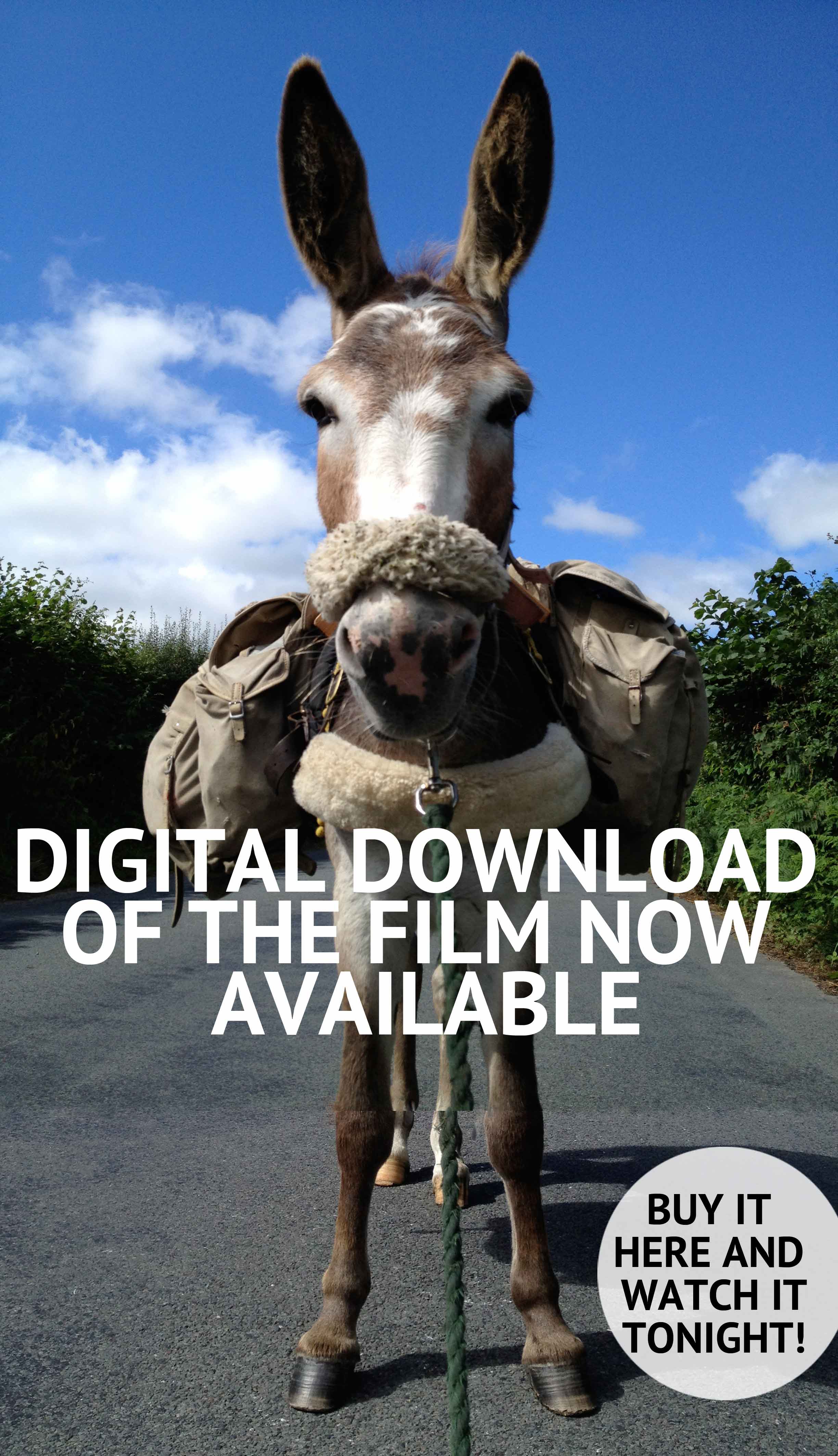
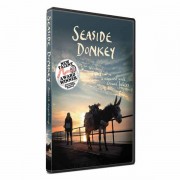
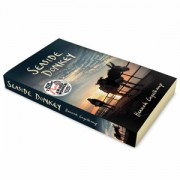
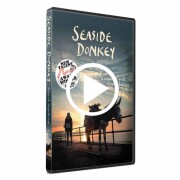
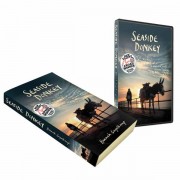
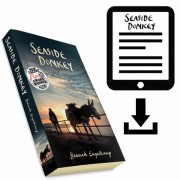
Oh, this all sounds wonderful. I’ve ridden all my life and been around many donkeys for many years, and it’s so fun to read about you learning about them.
Can’t wait to catch up with all the posts and find out who you pick. Donkey-wise, that is.